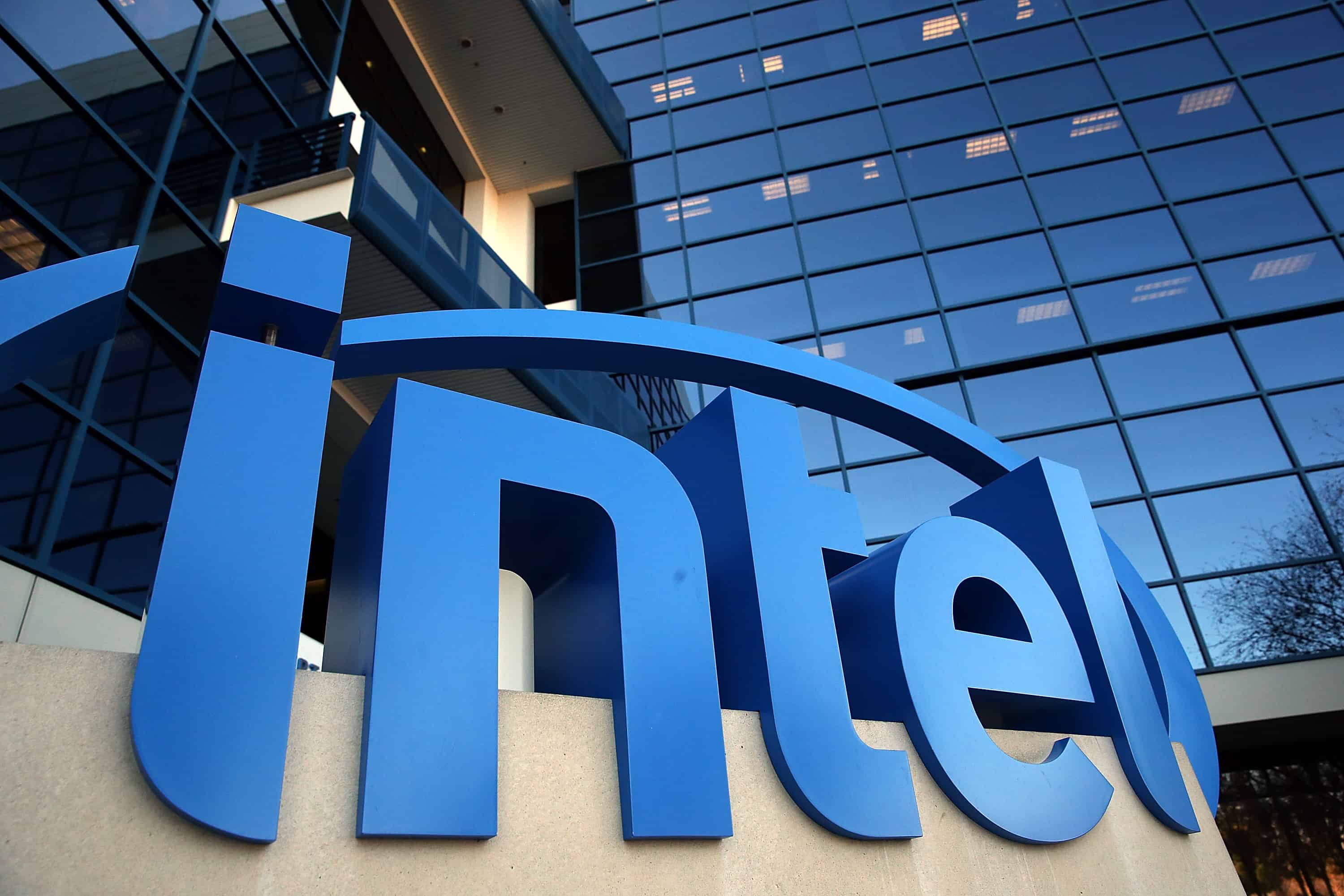Intel Corp., the world’s biggest maker of semiconductors, said it will cut 12,000 jobs, or 11 percent of its workforce, retrenching as the personal-computer market heads toward a fifth year of decline.
The company said it’s shifting focus to higher-growth areas, such as chips for data center machines and connected devices. Intel also gave a second-quarter sales forecast that fell short of analysts’ estimates. Revenue will be about $13.5 billion, the company said Tuesday in a statement. That compares with an average analyst estimate of $14.2 billion, according to data compiled by Bloomberg.
The company has not yet stated if its Costa Rica operations will be affected.
Shipments of PCs, a market that provides Intel with almost 60 percent of its sales, fell to their lowest level in a decade in the first three months of 2016. Intel, which had staved off the worst of the impact of the extended slide in laptop demand by taking market share from an ailing rival and dominating in server chips, is now finding that isn’t enough. Chief Executive Officer Brian Krzanich is bringing in new executives and watching veteran Intel leaders leave as he tries to revitalize the company’s push into the mobile-chip market and jump-start PC demand.
“It’s a lot to absorb,” said Doug Freedman, an analyst at SternAgeeCRT in San Francisco. While the job cuts will encourage investors that Intel’s management is reacting to its changing circumstances, the company could probably do more to tighten cost controls, he said. “I like the fact that they’re on a short leash. It is really that big of a cut when you’re getting spending back to 2014 levels?”
Related: Intel’s Vince Guglielmetti wants more Costa Rican engineers
Adding to recent reshuffles among Intel’s leadership, Chief Financial Officer Stacy Smith will move to a new role as head of manufacturing and sales, the company said in the statement.
Intel shares, which have lagged behind other chip stocks this year, fell less than 1 percent to $31.60 at the close of trading in New York. They slipped 2.5 percent in extended trading after a halt for the earnings and layoff announcements.
Gross margin, the percentage of sales remaining after deducting the cost of production, is forecast to be about 61 percent in the current quarter, Intel said. That measure of profitability, the only one that Intel projects, has remained above 60 percent since 2014 as high-priced, high-margin server chips have become a larger portion of Intel’s overall sales.
In the first quarter, net income rose 2.7 percent to $2.05 billion, or 42 cents a share, while sales climbed 7.2 percent to $13.7 billion, Santa Clara, California-based Intel said. On average, analysts had projected earnings of 37 cents and revenue of $13.8 billion.
The job cuts announced Tuesday will be Intel’s biggest layoffs since it reduced staffing between 2005 and 2009, when the company was responding to the global financial crisis and competition that wiped out growth. Krzanich is taking his company’s headcount down from close to record levels after posting an average of less than 1 percent revenue growth over the past four years.
“With 107,000 employees, there’s always room to tighten the belt, especially with a softer global macro,” said Craig Ellis, an analyst at B Riley & Co.
Intel’s workforce has been above 105,000 since 2012, when it completed a surge up from an almost 10-year low of 79,800 in 2009, according to data compiled by Bloomberg. That period of growth includes its two largest acquisitions, McAfee in 2011 and Altera last year.
Global PC shipments dropped 9.6 percent in the first three months of the year, the sixth consecutive quarterly decline, according to market researcher IDC. The drop took unit sales to their lowest level since 2007.
Intel’s client computing group, which makes and sells PC chips, had first-quarter sales of $7.5 billion, a decline of 14 percent from the preceding three months, but a gain of 2 percent from a the year-earlier period. The data center division posted sales of $4 billion, up 9 percent from a year earlier — falling short of Intel’s target of double-digit percentage growth in that unit.
Krzanich appears to be putting more pressure on those who report to him as he tries to rekindle growth and make his products relevant in new markets. In April, the company announced that two division heads — Kirk Skaugen in PC chips and Doug Davis of the Internet of Things unit — are leaving the company. Their departure follows Krzanich’s hiring of former Qualcomm Inc. executive Murthy Renduchintala to a position above them.
“I would like the company to talk a little bit about that and hold people’s hand on what the strategy is,” said Timothy Arcuri, an analyst at Cowen & Co. “The old Intel was very dogmatic, but he’s ready to pivot in a different direction if that’s the way he sees it.”
© 2016, Bloomberg News






